Lately, it feels like older GPUs across the board are under relentless attack by a combination of forces. Poorly optimized games, rising VRAM overhead, and modern features have together brought into question the remaining lifespan of old GPUs that were bravely soldiering on till now. While your 5-to-7-year-old might not have been an FPS champ in the last few years, it was at least enough for excellent 1080p gaming and basic productivity. However, those credentials might be under threat if your graphics card falls into the following buckets.
5 You have 8GB of VRAM (or less)
This one's a no-brainer
You don't even have to look at your FPS numbers to know that your 8GB VRAM card isn't long for this world. The VRAM requirements of modern titles have been on the rise, especially in the last two years. For those with older CPUs and motherboards still running their GPUs at PCIe 3.0, this is an even bigger problem. Usually, your GPU's PCIe generation doesn't matter, but once you run out of VRAM, the drop in performance between PCIe 5.0/PCIe 4.0 and PCIe 3.0 is dramatic.
Even if you're on slightly newer hardware and comfortably using PCIe 4.0, you can't escape the fact that 8GB of VRAM is simply not enough in 2025. While it might not be a problem in many games, as soon as you run demanding titles with large textures and ray tracing effects, the VRAM usage can easily cross 8GB, even at 1080p. Running out of VRAM can show up as incompletely loaded textures, frame drops, unplayable framerates, and even game crashes.
Companies like Nvidia and AMD are still launching 8GB VRAM cards as part of the RTX 50 and RX 90 series. Intel has moved on to 10GB and 12GB at the minimum, but its Arc GPUs are still budget cards. Most gamers who want affordable new GPUs are stuck with 8GB offerings from Nvidia and AMD.
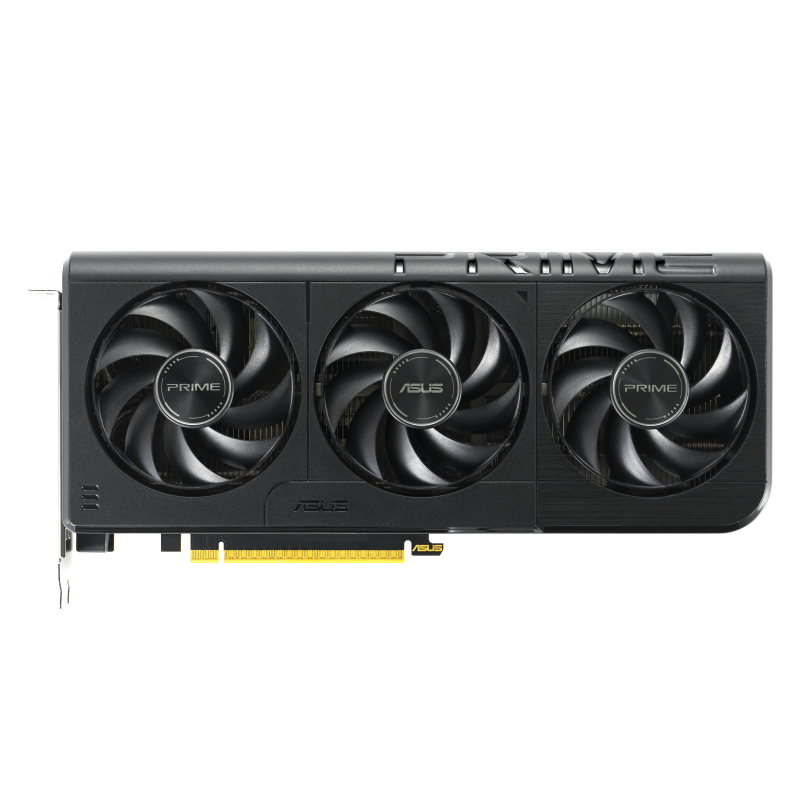
Memory Clock Speed 1750MHz
Architecture Blackwell
Process TSMC 4N
The RTX 5060 8GB is a relatively affordable Blackwell GPU from Nvidia. Its 8GB VRAM is problematic in 2025, but it's one of the few options available for around $300.
4 You're not getting 60 FPS, even with upscaling
Be prepared to make hefty compromises
Having insufficient VRAM is an obvious sign, but what if your GPU has, say, 12GB of VRAM, and it's still struggling to spit out playable FPS in modern games? Your once-mighty RTX 3060 isn't powerful enough to break 60 FPS in games from the last few years, let alone the latest cutting-edge ray tracing titles. You can technically get over 60 FPS by turning in-game settings way down, but the visual hit would often be too much to bear.
Even with the help of upscaling aids like DLSS, FSR, and XeSS, you might find yourself limited to 40–50 FPS in most games. This might be a good time to consider an upgrade from a budget to a mid-range or high-end GPU. The market isn't exactly brimming with worthwhile options, and you'll probably need to spend upwards of $550 to get something to last you a while (and something that has 16GB of VRAM).
I'm not touching on frame generation in this discussion because it's only relevant when you already have a high base framerate of around 80 FPS, which is a luxury for older budget cards.
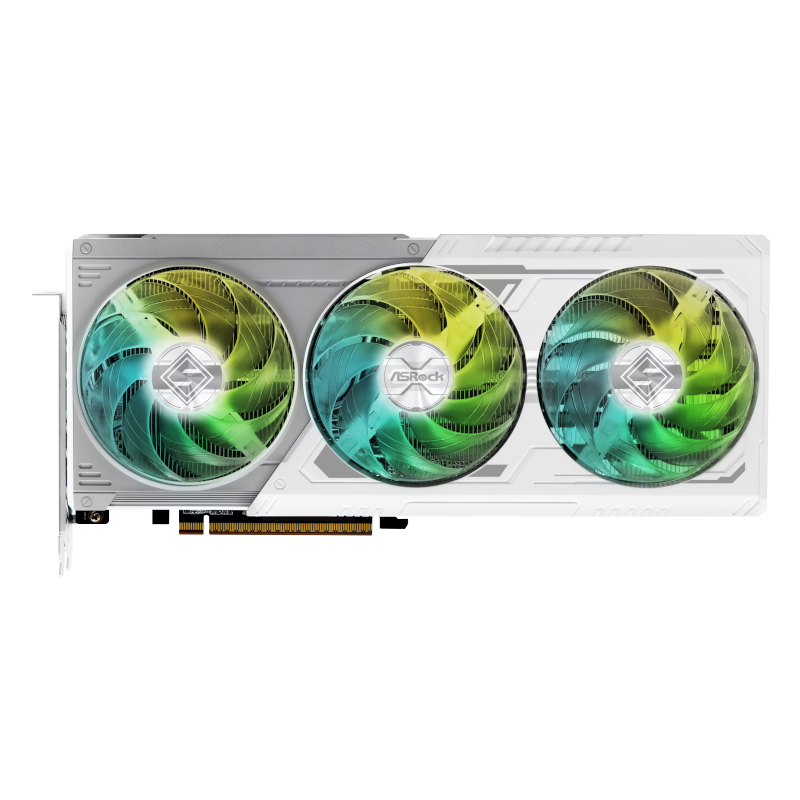
Memory Clock Speed 2518 MHz
Architecture RDNA 4
Process 5 nm
The RX 9070 XT offers great value for money at its MSRP of $600, provided you can find one at that price. It's a solid 1440p and 4K gaming GPU with advanced ray tracing and upscaling performance.
3 You can't keep your GPU cool (or silent)
It might be on its last legs
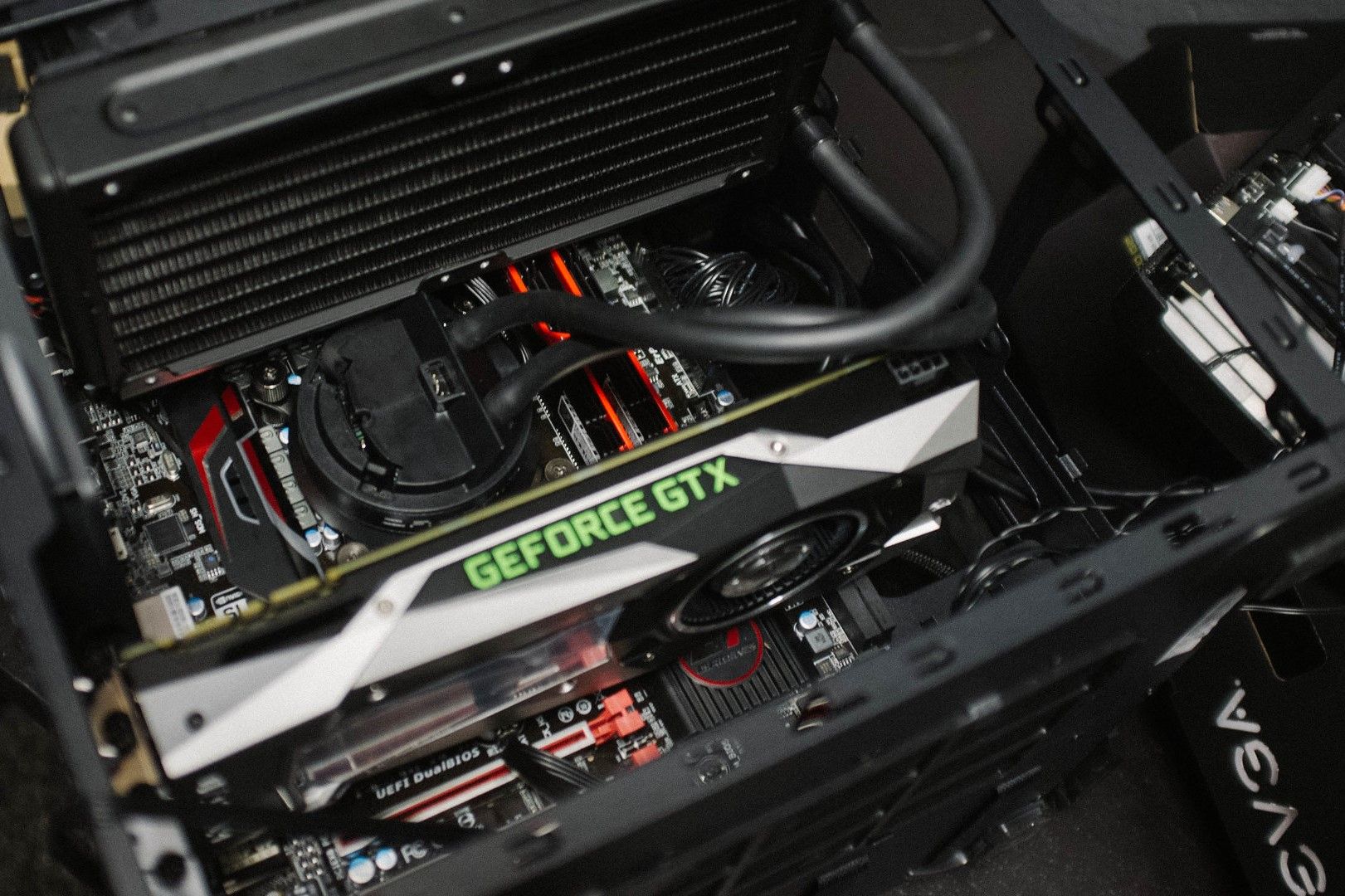
While most graphics cards don't thermal throttle under 90℃, it's ideal to stay below 85℃ even in demanding titles. With the kind of cooling solutions seen on most recent models, excessive heating is usually not seen on many GPUs. Your older graphics card, however, might not be equipped with a decent cooler that might be showing its age after a few years of rigorous use.
Over time, wear and tear can push your GPU to its limits, and it might prove incapable for games that like to hammer the GPU with everything they've got. Besides, the fans might develop problems, the thermal paste and thermal pads might be way past their shelf life, and coil whine might have started to rear its head. In addition to overheating, your GPU's noise levels might become a major annoyance. While it's possible to fix GPU issues without getting into repairs, you might have to look at a replacement at some point.
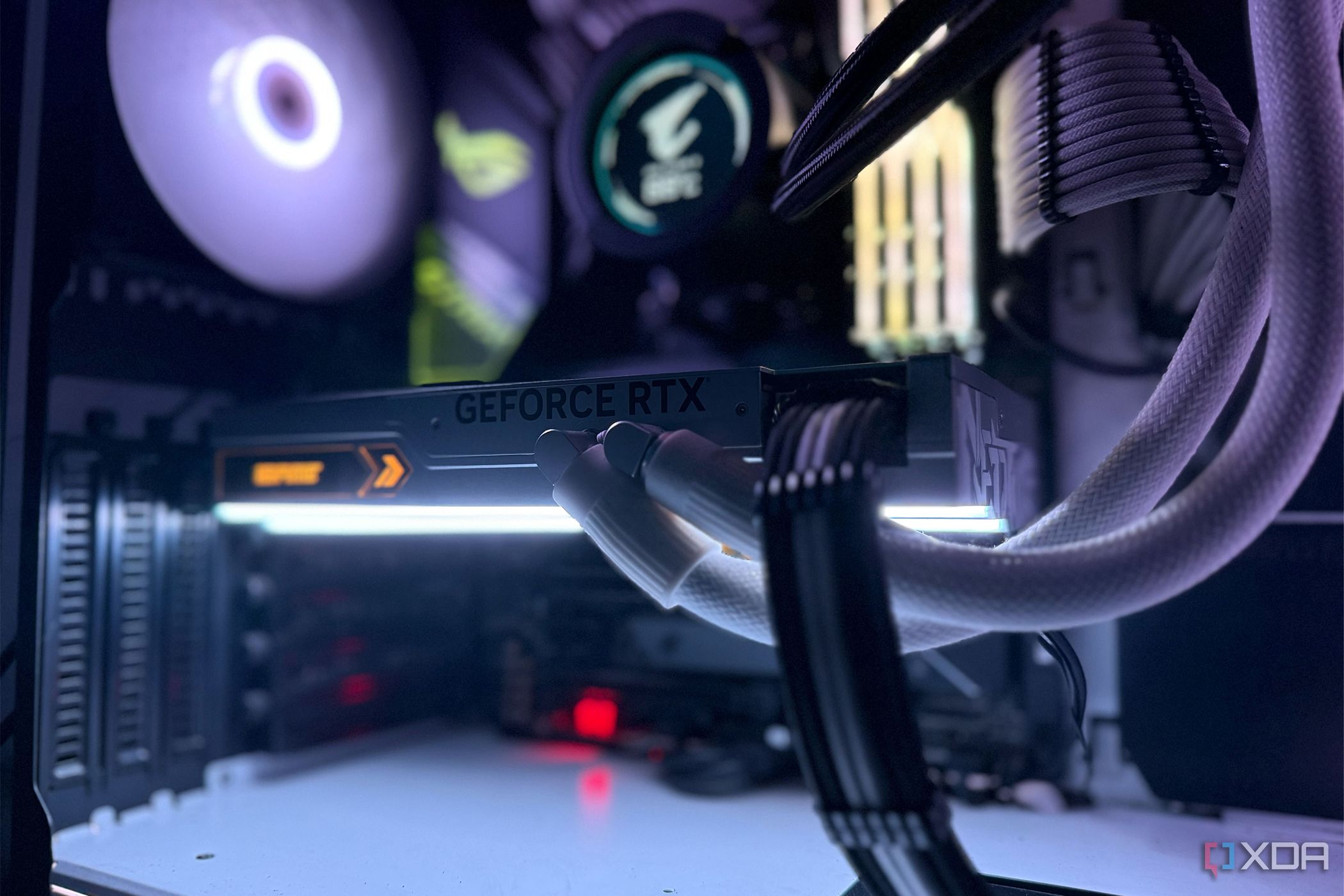
Related
4 obvious signs your graphics card is overheating
You don't need monitoring software if you look for these signs
2 Your card is slowing down in productivity applications
You might not be gaming 24/7
Gaming might not be the only thing you do with your graphics card. If you regularly use your PC for video editing, 3D rendering, and other professional workloads, you need enough GPU horsepower to avoid waiting on your GPU for hours. If your graphics card has started to slow down in these programs over time, it might be a sign that your work demands have exceeded its hardware or software capabilities.
Applications like Adobe Premiere Pro, Adobe After Effects, Blender, and Da Vinci Resolve can be quite taxing on both your CPU and GPU. You might have no option but to buy a new graphics card if you're noticing slow render times. You're looking at the RTX 5070 if you want something new that has respectable productivity performance. Nvidia is usually a better choice in these applications, but the RX 9070 XT is also a good contender.
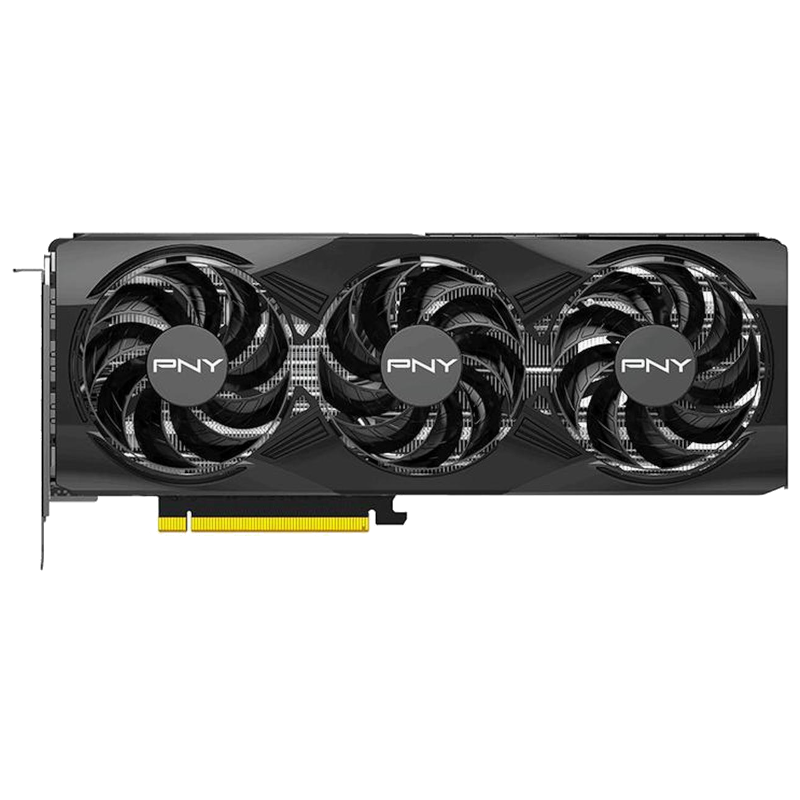
The RTX 5070 is a Blackwell GPU from Nvidia offering 12GB of VRAM and RTX 4070 Ti levels of performance. It's a decent GPU for gaming as well as productivity if you can find one for around the MSRP.
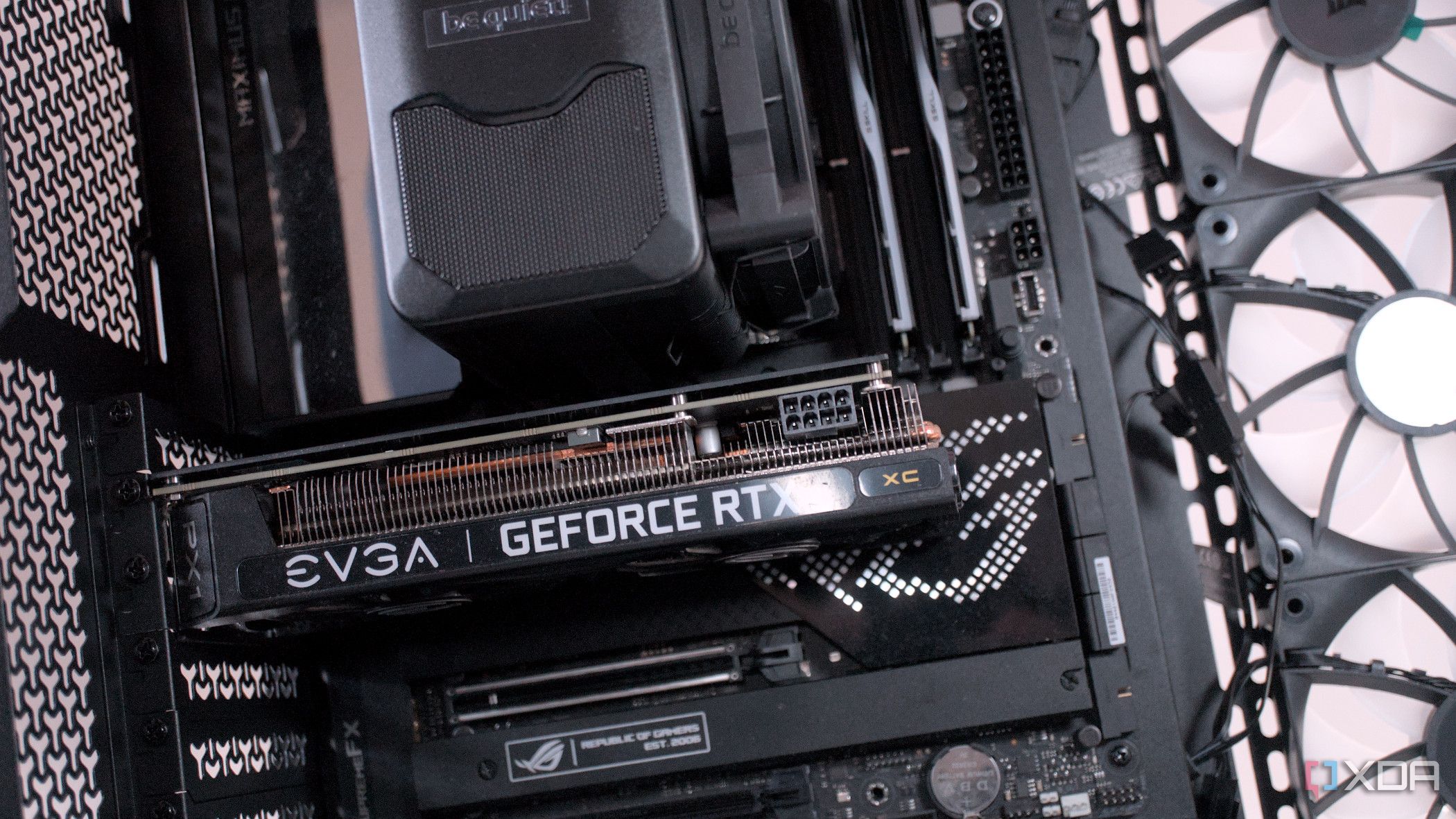
Related
Ranking 5 of the most punishing PC workloads
Not every workload is made the same. Gaming, editing, rendering — find out the most punishing workloads for your PC
1 Your GPU doesn't support modern features
How long can you last?
Lastly, one of the biggest signs that your GPU is aging fast is if you frequently find yourself deprived of modern features and technologies. First, it was ray tracing, DLSS, and mesh shaders (GTX 10 series). Next, you would have missed out on Resizable BAR (RTX 20 and RX 5000 series), followed by Multi Frame Generation (RTX 30 and RTX 40 series). While not all of these technologies are a must-have, the fact is that older GPUs are losing support for more and more features faster than you think.
Technologies like DLSS and FSR are game-changing for budget GPUs. They can help you extend their lifespan by a few more years. And Resizable BAR and Smart Access Memory can deliver a free 10–15% boost in FPS by enabling a simple setting in the BIOS. Games like Alan Wake 2 have dropped support for vertex shaders, tanking the performance of older GPUs. This trend will continue as we move forward, and you'll have to replace your graphics card sooner rather than later.
Your GPU upgrade might be overdue
Avoiding a GPU upgrade for as long as possible is usually the right call, especially in a market like this one. However, when it's clear that the market has squarely left your graphics card behind, it might be prudent to consider a replacement. If you're not getting respectable framerates, lack enough VRAM for modern titles, and can't enjoy essential features like upscaling, it might be time to start researching newer GPUs.
.png)
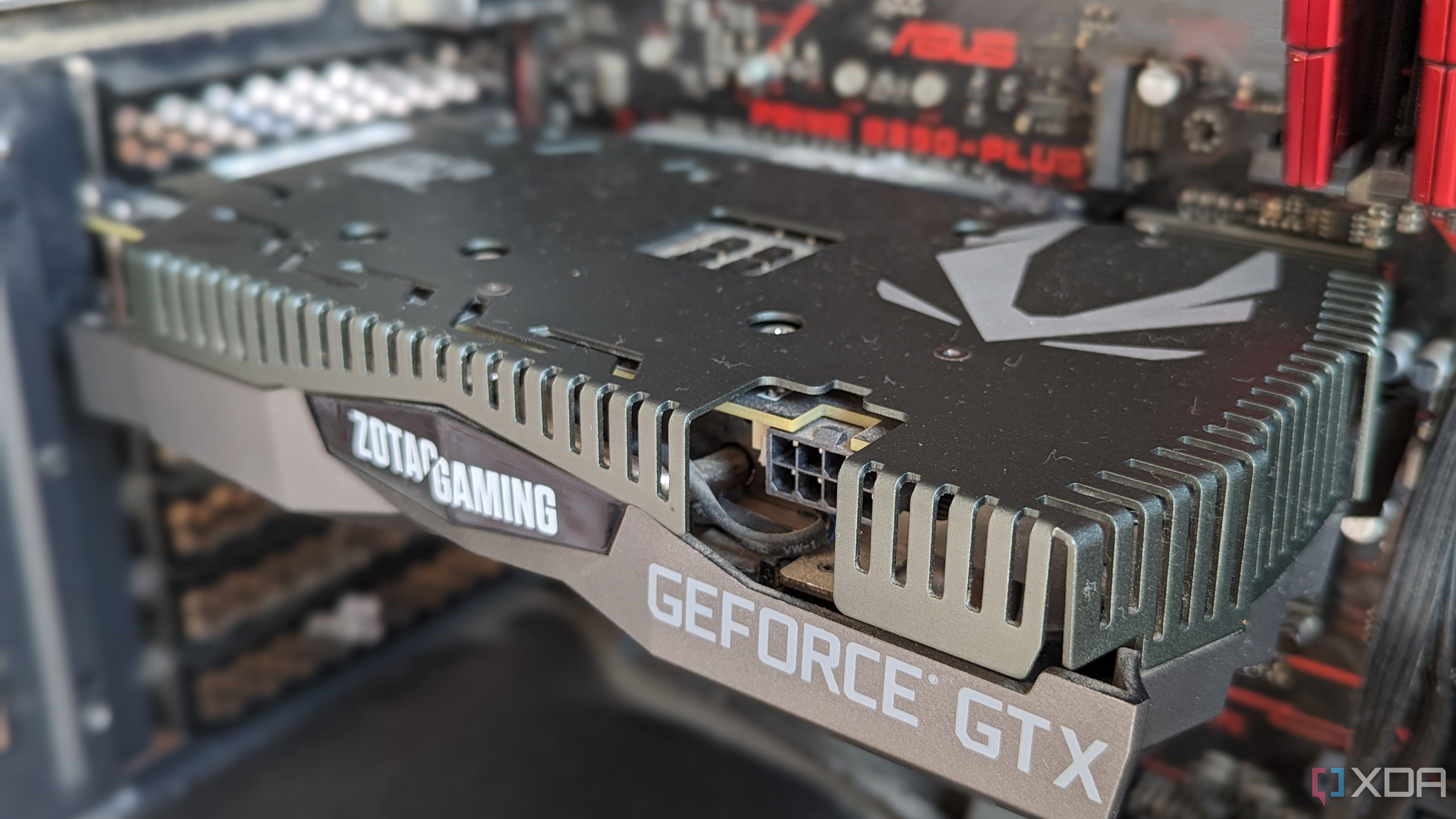
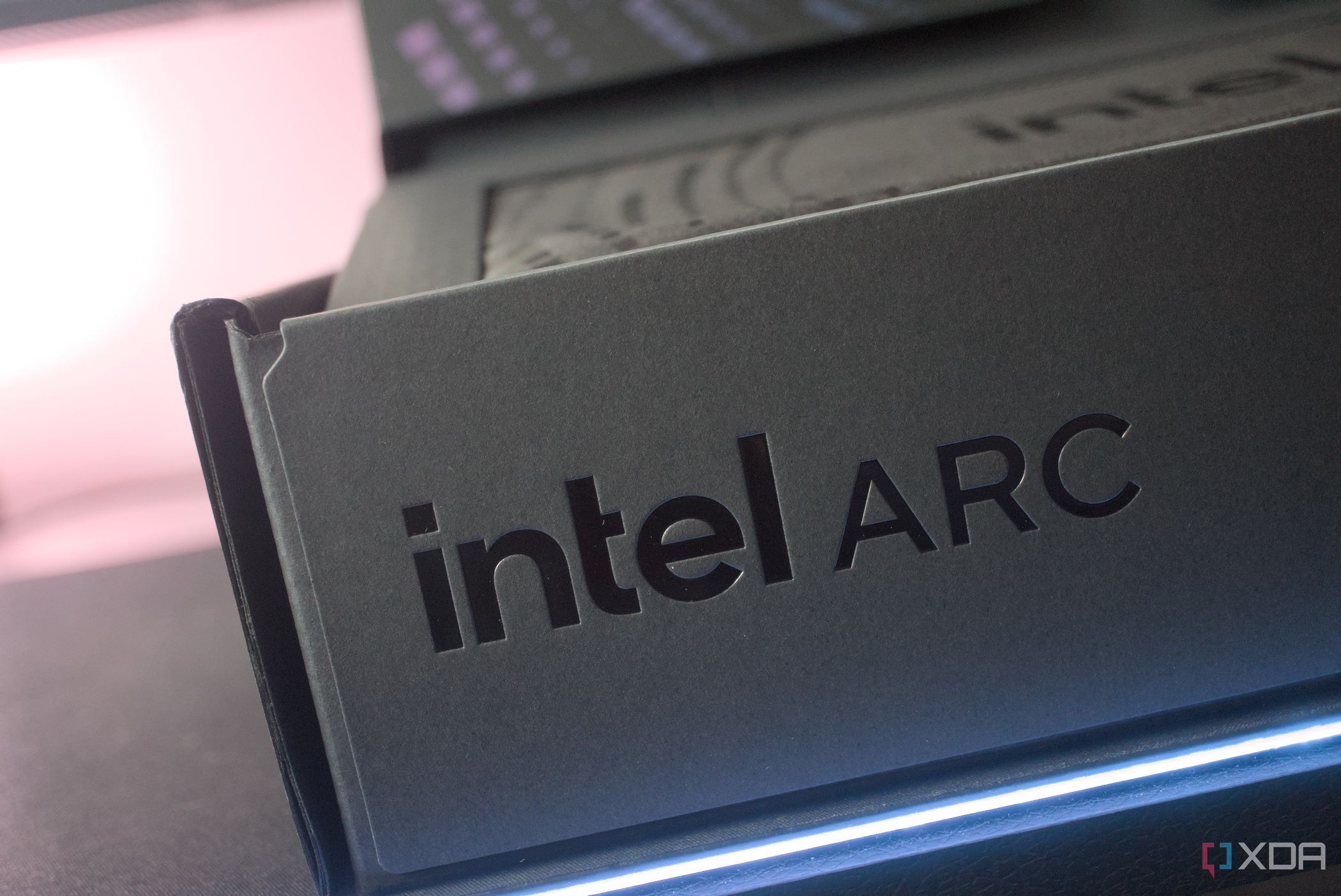
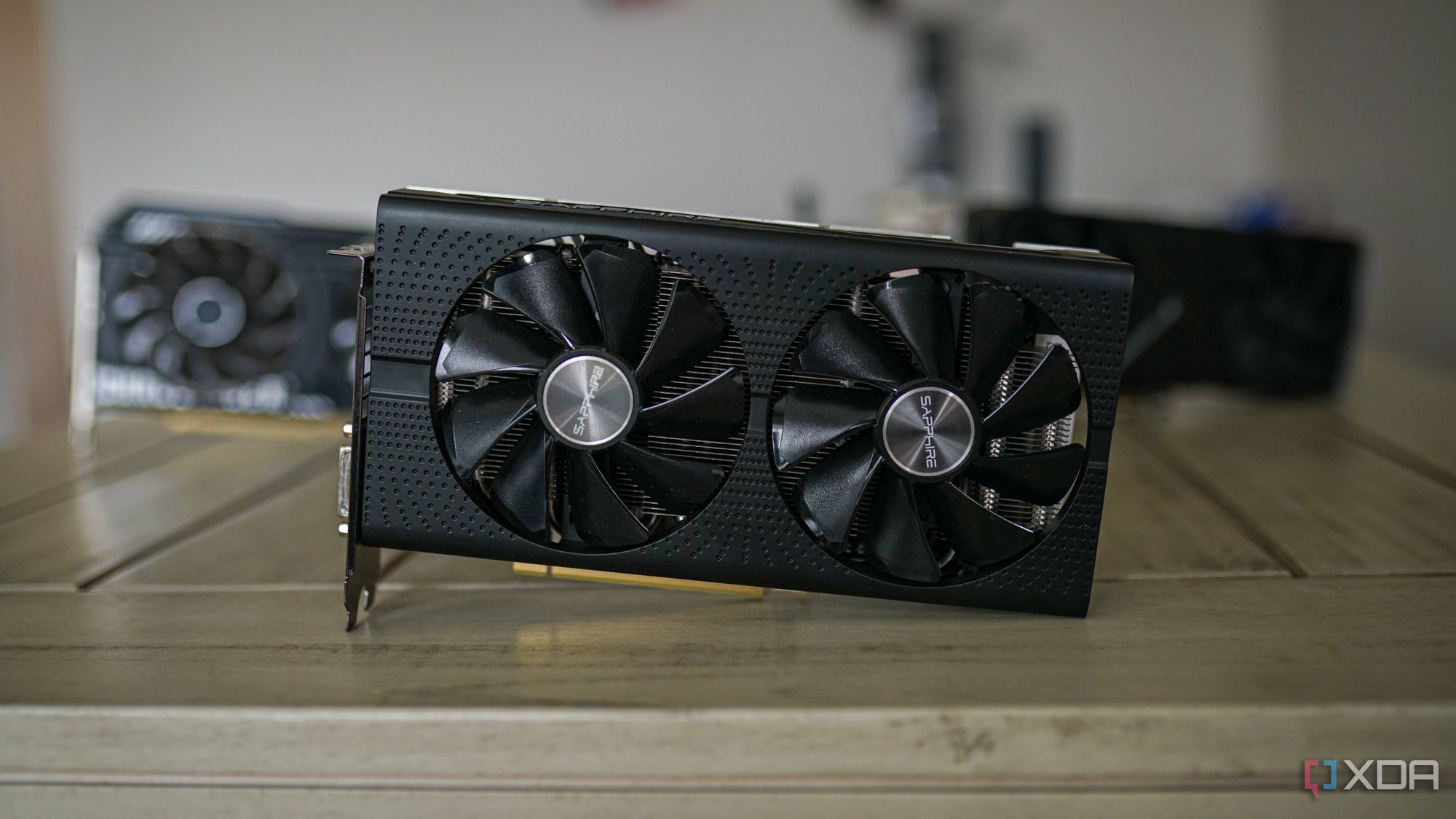











 English (US) ·
English (US) ·